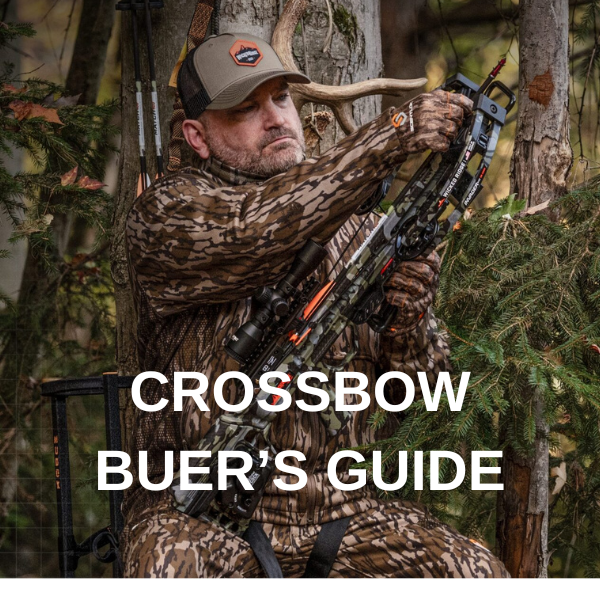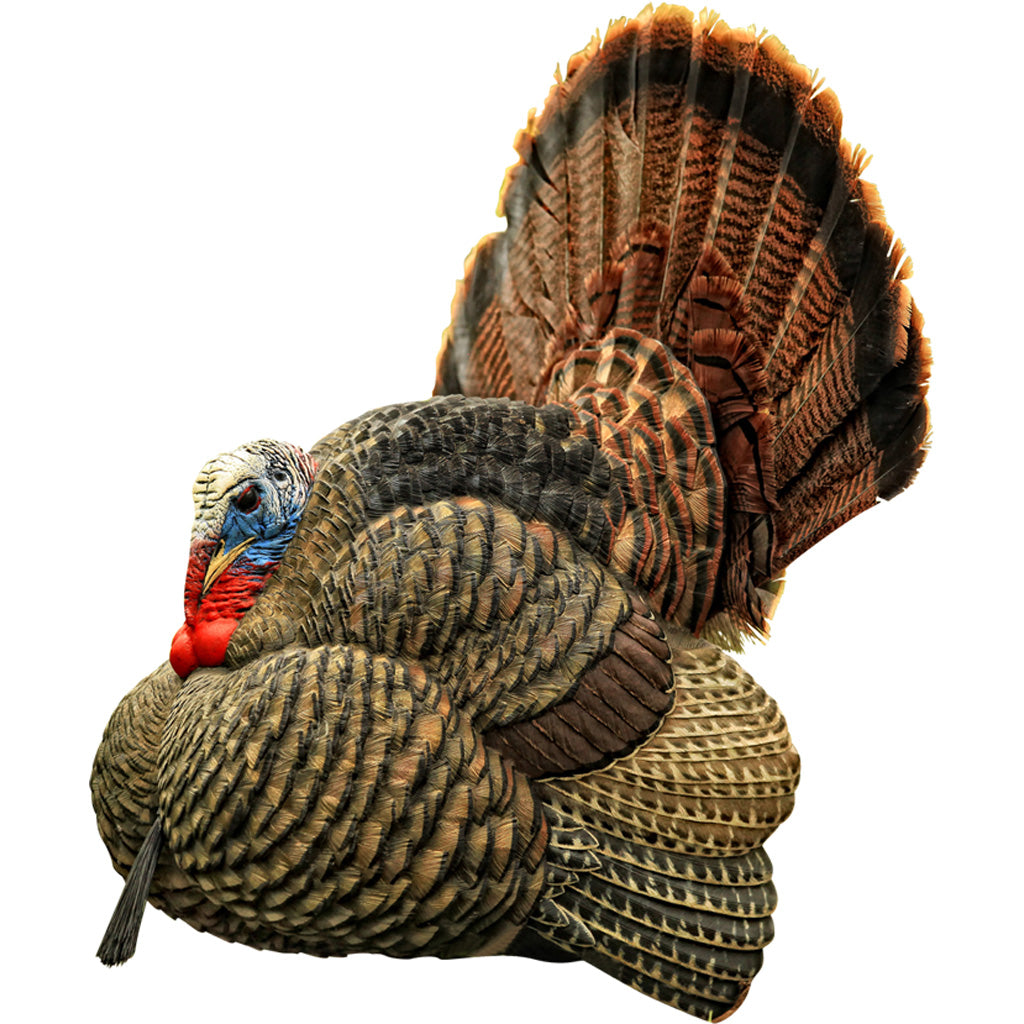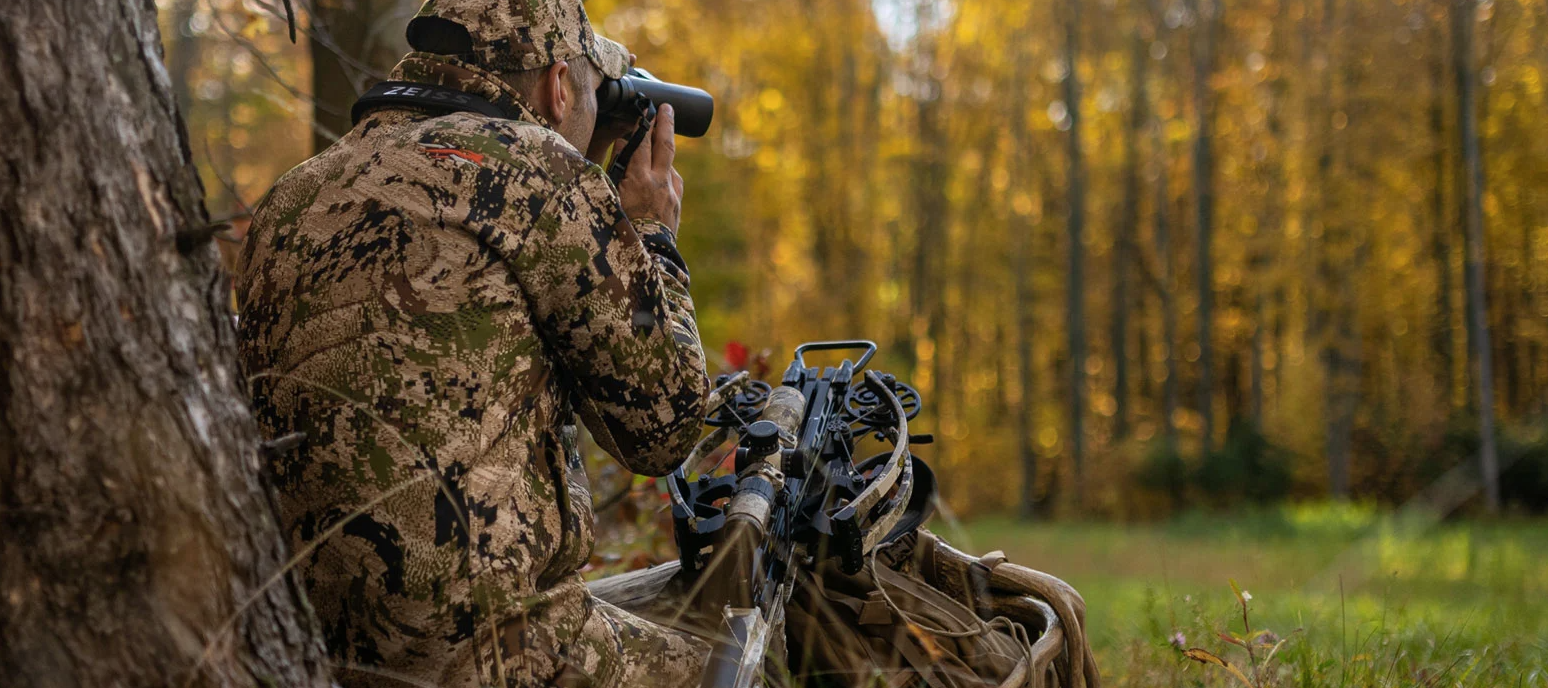
Field dressing, or cleaning a deer, is a fundamental skill that every deer hunter must master. This process involves the careful removal of a deer's internal organs after the hunt, crucial for the preservation of the meat and it is way easier to carry, or transport.
However, field dressing is more than just a practical necessity—it's a ritual that connects us to our hunting ancestors and allows us to show respect for the deer that will provide food for the table. I can tell you how we do it and get you through each step of cleaning a deer, from the first incision to the final clean-up. If it is your first time, great! If not a refresher on the techniques and best practices can help ensure you handle this task safely and effectively.
First things first. Make sure you are properly prepared. Grab a pair of rubber gloves, have your bags, and keep your bear spray on you just in case. Always use a sharp four-inch blade and be very careful with it. I personally use Outdoor Edge Razor Pro Knife.
Place the Deer if right Position
After checking and making sure the deer is deceased, position it on its back, ideally I like it on an incline with the head uphill. This position allows you for easier access to the body cavity and helps blood and other fluids drain away from you.
Cutting Around the Genitals
Start by making an incision around the genitals, being careful not to puncture the bladder or intestines. For a buck, the testicles and penis should be left attached to the hide, serving as evidence of sex if required by local game laws. For a doe, the udders can be removed entirely.
Open the Body Cavity
Make an incision from the lower belly, just above the genitals, up the midline to the base of the rib cage. Use the tip of your knife and your fingers to pull the skin and muscle apart, avoiding puncturing the stomach and intestines. The aim is to create an opening that allows you to access the body cavity without releasing any contents of the intestines or stomach into the cavity, as this could contaminate the meat.
Extend the Cut
Continue the cut along one side of the rib cage up to the deer’s neck. This allows you to access the heart and lungs in the chest cavity.
Remove the Entrails
Reach into the body cavity, carefully sever the attachments, and pull out the intestines and stomach. Do this gently to avoid rupturing them. If there is a rupture, clean the area thoroughly to prevent meat contamination.
Remove the Heart and Lungs
Cut the diaphragm, the thin muscle separating the chest cavity from the abdomen, around the edges where it attaches to the rib cage. Reach into the chest cavity, sever the esophagus and windpipe, then remove the heart and lungs.
Drain the Blood
Raise the deer's hindquarters to facilitate blood draining from the body cavity. When you remove excess blood it will help cool the carcass more quickly and keep the meat fresh.
Get Cleaned Up
Rinse the body cavity with clean water, or use wipes or a cloth to clean out any remaining blood or pieces of organs. Once cleaned, pat the cavity dry with clean towels or allow it to air dry.
Preserve the Meat
You want the carcass cool down quickly, therefore open the body cavity with a stick to allow air circulation. This is a crucial step in preserving the quality of the meat, particularly in warmer weather.
Getting Back
Now that the deer is field-dressed, the carcass is lighter and easier to transport. Get it to a cool place as soon as possible to inhibit bacterial growth. If you hunt with an Electric Hunting Bike like me, use the deer trailer it helped me on so many occasions. Well, unless you are Cam Hanes and want to carry a deer back to the camp.
Skinning and Butchering
Depending on your preference and the weather conditions, you might skin the deer immediately or wait until you're ready to butcher it. Skinning it sooner can help cool the carcass more quickly, but I am leaving the skin because it protects the meat from dirt and flies during transport.
Remember to work slowly to avoid mistakes, and maintain cleanliness to protect the quality of the meat. It is always a good idea to follow local hunting regulations. If you using a hunting outfitter they have field-dressing classes. Watching instructional videos to enhance your skills definitely won't hurt as well.
Live, Laugh, Hunt...







